-
 bitcoin
bitcoin $109523.663807 USD
-0.13% -
 ethereum
ethereum $4019.526508 USD
2.06% -
 tether
tether $1.000482 USD
0.00% -
 xrp
xrp $2.776815 USD
0.18% -
 bnb
bnb $958.942396 USD
0.12% -
 solana
solana $204.294698 USD
3.84% -
 usd-coin
usd-coin $0.999693 USD
0.00% -
 dogecoin
dogecoin $0.232115 USD
2.09% -
 tron
tron $0.338028 USD
0.84% -
 cardano
cardano $0.790920 USD
1.50% -
 hyperliquid
hyperliquid $44.871443 USD
5.60% -
 ethena-usde
ethena-usde $1.000322 USD
0.04% -
 chainlink
chainlink $21.034165 USD
2.60% -
 avalanche
avalanche $28.794831 USD
-0.54% -
 stellar
stellar $0.360466 USD
1.24%
How do I receive cryptocurrency sent to my Coinbase account?
When receiving crypto on Coinbase, always verify the correct wallet address and network to avoid irreversible losses due to incompatible transfers.
Sep 20, 2025 at 06:54 am

Understanding Coinbase Wallet Mechanics
1. When someone sends cryptocurrency to your Coinbase account, the transaction is recorded on the blockchain network associated with that specific digital asset. The funds are directed to a unique wallet address you provide. This address functions similarly to an email address—it’s public and can be shared safely for receiving payments.
2. To receive crypto, log into your Coinbase account and navigate to the 'Wallets' section. Select the cryptocurrency you're expecting and click “Receive.” A pop-up will display your personal wallet address along with a QR code. Share this information with the sender through a secure channel.
3. Once the sender initiates the transfer, the blockchain begins processing the transaction. The time required depends on network congestion and the confirmation speed of the respective blockchain. Bitcoin might take several minutes, while networks like Solana confirm transactions in seconds.
4. You don’t need to manually accept incoming transfers. As long as the sender uses the correct address and network protocol (e.g., ERC-20 for Ethereum-based tokens), the funds will automatically appear in your Coinbase wallet once confirmed.
5. It's critical to ensure compatibility between the token type and the network. For example, sending USDT via the TRC-20 network to an address that only supports ERC-20 could result in lost funds if not properly handled. Always verify the supported networks for each coin within your Coinbase wallet settings.
Confirming Incoming Transactions
1. After a transfer is initiated, open the Coinbase mobile app or website and go to your activity feed. Look for the pending transaction listed under the relevant cryptocurrency. It may initially show as “Unconfirmed” or display a clock icon.
2. Blockchain confirmations vary by network. Bitcoin typically requires six confirmations for full validation, whereas Ethereum-based assets may require fewer but depend on gas fees paid by the sender. Higher fees usually lead to faster processing times.
3. You’ll receive a notification from Coinbase when the transaction reaches sufficient confirmations. At this point, the status changes from pending to completed, and the balance updates accordingly in your wallet.
4. If the transaction doesn't appear after an extended period, use a blockchain explorer like Etherscan or Blockchair. Enter your wallet address to view all incoming activity. This allows you to verify whether the transaction was broadcasted correctly even if it hasn’t yet reflected in Coinbase.
5. In cases where the transaction shows up on the blockchain but not in your wallet, contact Coinbase support with the transaction ID (TXID). They can investigate internal synchronization issues that might delay visibility within the platform.
Security Practices During Receiving Process
1. Never share your private keys or recovery phrase with anyone. These elements grant full access to your wallet and should remain confidential at all times. Coinbase stores these securely unless you're using Coinbase Wallet separately from the main exchange.
2. Double-check the wallet address before sharing it. Scammers sometimes use malware to replace copied addresses with their own. After copying, paste the address back into a text field to confirm it matches exactly what appears in your Coinbase interface.
3. Enable two-factor authentication (2FA) on your Coinbase account. This adds a layer of protection against unauthorized access, ensuring only you can manage your holdings even if login credentials are compromised.
4. Beware of phishing attempts. Fraudsters may send fake emails claiming a transaction failed or requesting verification details. Always access Coinbase directly through the official website or app instead of clicking links in unsolicited messages.
5. Regularly review your connected devices and active sessions under account settings. Log out of any unfamiliar sessions immediately and update your password periodically to maintain account integrity.
Frequently Asked Questions
What should I do if I sent crypto to the wrong address?Transactions on the blockchain are irreversible. If funds were sent to an incorrect or uncontrolled address, recovery is generally not possible. Always confirm the recipient address carefully before approving any transfer.
Can I receive cryptocurrencies not supported by Coinbase?No. If a cryptocurrency isn’t listed in your Coinbase wallet options, the platform won’t recognize incoming transactions for that asset. Sending unsupported tokens may result in permanent loss unless Coinbase later adds compatibility and provides recovery instructions.
Why does my transaction remain pending for hours?Prolonged pending status often results from low network fees set by the sender. During peak usage, miners prioritize higher-paying transactions. Wait longer during congestion, or ask the sender to initiate a replacement transaction with increased fees if possible.
Is there a minimum amount required to receive crypto on Coinbase?There is no universal minimum, but extremely small amounts might get rejected due to network dust limits. Additionally, some blockchains impose minimum balances to prevent spam; check specific coin guidelines within Coinbase for exact thresholds.
Disclaimer:info@kdj.com
The information provided is not trading advice. kdj.com does not assume any responsibility for any investments made based on the information provided in this article. Cryptocurrencies are highly volatile and it is highly recommended that you invest with caution after thorough research!
If you believe that the content used on this website infringes your copyright, please contact us immediately (info@kdj.com) and we will delete it promptly.
- Token Costs, AI Scaling, and Computing Power: The Quest for Efficiency
- 2025-09-27 14:25:15
- Qwen3Guard: A Leap Towards Multilingual AI Safety
- 2025-09-27 14:25:15
- Rare 1p Coin Could Fetch £200,000: Are You Holding a Fortune?
- 2025-09-27 12:25:13
- MAGACOIN Finance: Buzz, Risks, and the Altcoin Stampede
- 2025-09-27 12:25:13
- Crypto Wallets & Utility Tokens: What's the Hype?
- 2025-09-27 12:30:02
- Coin Memes, Pumpfun, and ChatGPT: Navigating the Wild West of Crypto
- 2025-09-27 14:30:01
Related knowledge
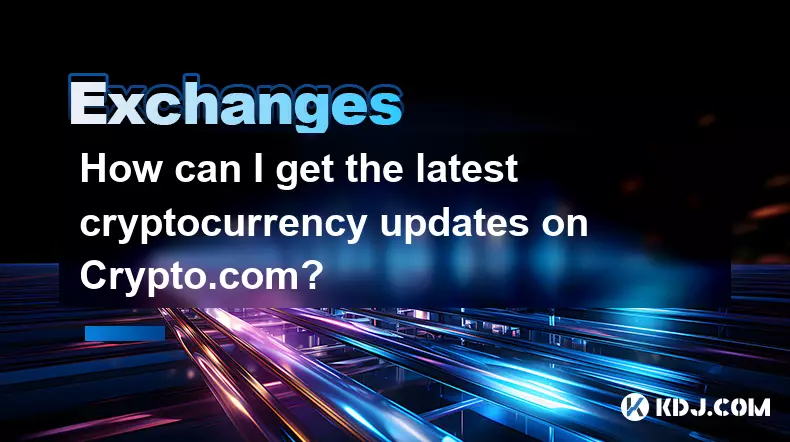
How can I get the latest cryptocurrency updates on Crypto.com?
Sep 26,2025 at 07:54am
Accessing Real-Time Crypto Market Data on Crypto.com1. Navigate to the Crypto.com website or open the mobile application to access live price charts a...
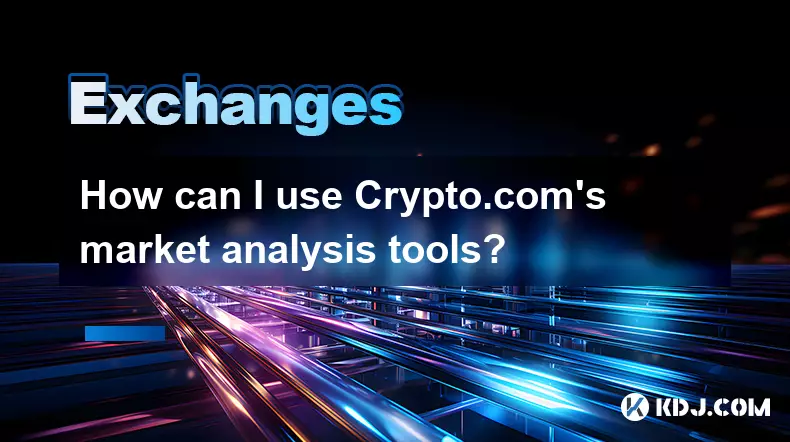
How can I use Crypto.com's market analysis tools?
Sep 23,2025 at 01:54am
Understanding Crypto.com’s Market Analysis Dashboard1. Accessing the market analysis tools begins with logging into your Crypto.com account through th...

How can I unlink my Crypto.com payment method?
Sep 23,2025 at 12:54am
Understanding Payment Methods on Crypto.com1. Crypto.com allows users to link various payment methods including credit cards, debit cards, and bank ac...
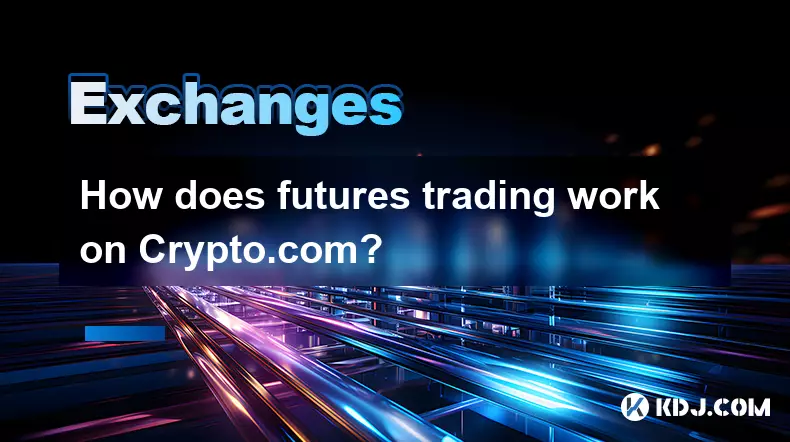
How does futures trading work on Crypto.com?
Sep 27,2025 at 06:37am
Futures Trading Mechanics on Crypto.com1. Futures trading on Crypto.com allows users to speculate on the future price of cryptocurrencies without owni...
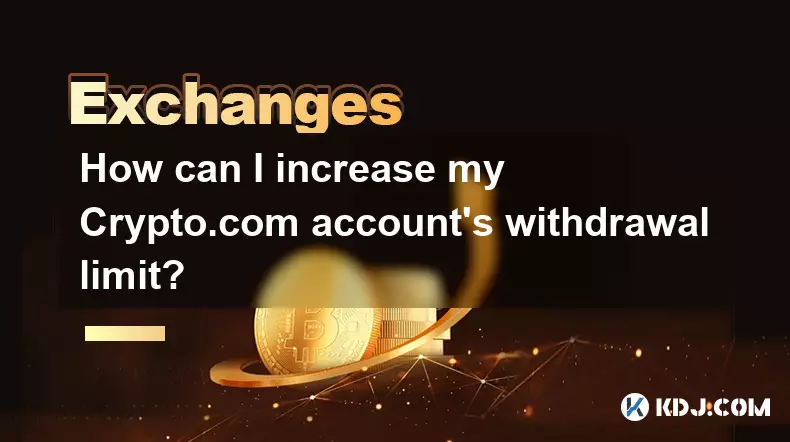
How can I increase my Crypto.com account's withdrawal limit?
Sep 23,2025 at 10:37am
Understanding Withdrawal Limits on Crypto.com1. Crypto.com enforces withdrawal limits to enhance account security and comply with regulatory standards...
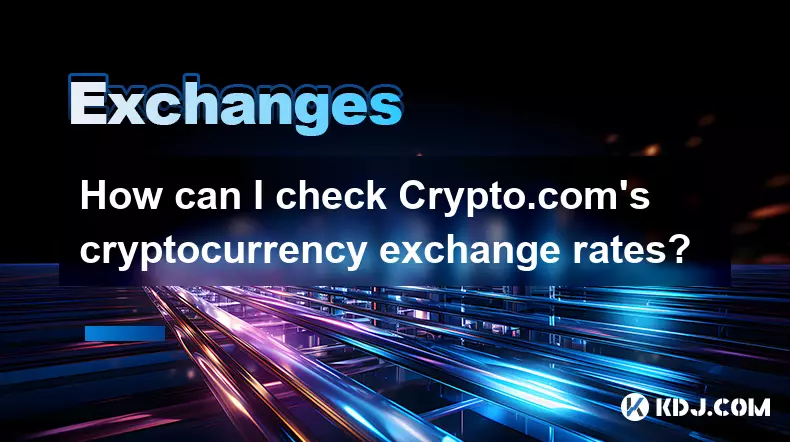
How can I check Crypto.com's cryptocurrency exchange rates?
Sep 26,2025 at 01:54am
Accessing Real-Time Crypto.com Exchange Rates1. Navigate to the official Crypto.com website or open the mobile application. Both platforms display liv...

How can I get the latest cryptocurrency updates on Crypto.com?
Sep 26,2025 at 07:54am
Accessing Real-Time Crypto Market Data on Crypto.com1. Navigate to the Crypto.com website or open the mobile application to access live price charts a...

How can I use Crypto.com's market analysis tools?
Sep 23,2025 at 01:54am
Understanding Crypto.com’s Market Analysis Dashboard1. Accessing the market analysis tools begins with logging into your Crypto.com account through th...

How can I unlink my Crypto.com payment method?
Sep 23,2025 at 12:54am
Understanding Payment Methods on Crypto.com1. Crypto.com allows users to link various payment methods including credit cards, debit cards, and bank ac...

How does futures trading work on Crypto.com?
Sep 27,2025 at 06:37am
Futures Trading Mechanics on Crypto.com1. Futures trading on Crypto.com allows users to speculate on the future price of cryptocurrencies without owni...

How can I increase my Crypto.com account's withdrawal limit?
Sep 23,2025 at 10:37am
Understanding Withdrawal Limits on Crypto.com1. Crypto.com enforces withdrawal limits to enhance account security and comply with regulatory standards...

How can I check Crypto.com's cryptocurrency exchange rates?
Sep 26,2025 at 01:54am
Accessing Real-Time Crypto.com Exchange Rates1. Navigate to the official Crypto.com website or open the mobile application. Both platforms display liv...
See all articles










































































